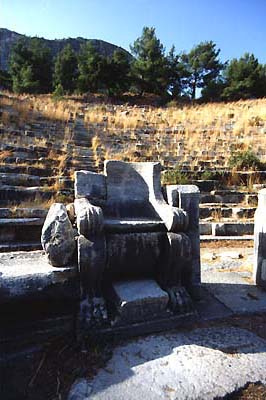

The major CME event traversed the 150 million km distance between the Sun and Earth in just 17.6 hours, much faster than the multi-day period it usually takes CMEs to reach the distance of Earth’s orbit.įollow-up investigations over the last century and a half point to the auroral displays of the 28 and 29 August 1859 as the clue for why the 1 September CME traveled as fast as it did.

What neither could know at the moment is that a major Coronal Mass Ejection (CME) had just erupted from the surface of the Sun and was headed straight for Earth. Carrington documented the flare’s precise location on the sunspots where it appeared as well as where it disappeared over the course of the 5 minute event. See Alsoįrom the sunspot region, a sudden bright flash, described by Carrington as a “white light flare,” erupted from the solar photosphere. On 1 September, Carrington and Hodgson were observing the Sun, investigating and mapping the locations, size, and shapes of the sunspots when, just before noon local time in England, they each independently became the first people to witness and record a solar flare. 95)Īt the time, the link between auroral displays and the Sun was not yet known, and it would be the Carrington Event of 1859 that would solidify the connection for scientists not only due to observations performed by Carrington and Hodgson but also because of a magnetic crochet ( a sudden disturbance of the ionosphere by abnormally high ionization or plasma - now associated with solar flares and Coronal Mass Ejections) recorded by the Kew Observatory magnetometer in Scotland during the major event. 1859, including notations (“A” and “B”) where the solar flare erupted from (“A”) and where it disappeared (“B”).

Richard Carrington’s drawings of the sunspots of 1 Sept. By 29 August, auroras were visible as far north as Queensland, Australia, in the Southern Hemisphere. The same day that the sunspots appeared, strong auroras began to dance around Earth’s magnetic lines, visible as far south as New England in North America. It also resulted in the earliest observations of solar flares - by Richard Carrington (for whom the event is named) and Richard Hodgson - and was the event that made Carrington realize the relationship between geomagnetic storms and the Sun.Ĭoming just a few months before the solar maximum of 1860, numerous sunspots began to appear on the surface of the Sun on 28 August 1859 and were observed by Richard Carrington, who produced detailed drawings of them as they appeared on 1 September 1859.

Officially known as SOL, the Carrington Event as it has become known colloquially showcased for the first time the potentially disastrous relationship between the Sun’s energetic temperament and the nascent technology of the 19th century. The massive solar storm impacted our planet on 1-2 September 1859, causing widespread disruption to electrical and Telegraph services and spawning auroras visible in the tropics. The sunspots quickly tangled the Sun’s magnetic field lines in their area and produced bright, observed solar flares and one - likely two - Coronal Mass Ejections, one major. On 28 August 1859, a series of sunspots began to form on the surface of our stellar parent.


 0 kommentar(er)
0 kommentar(er)
